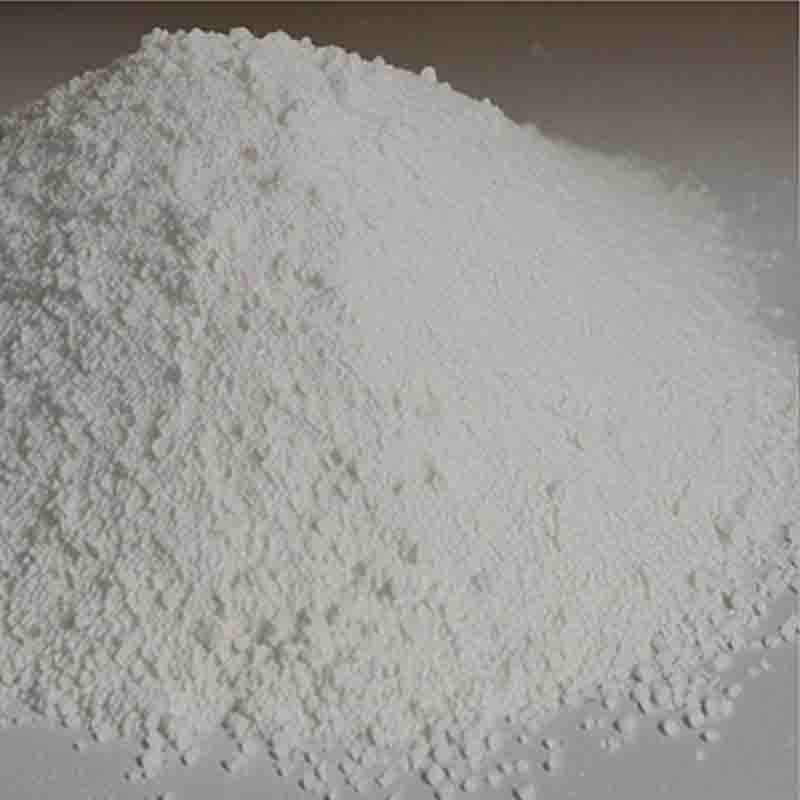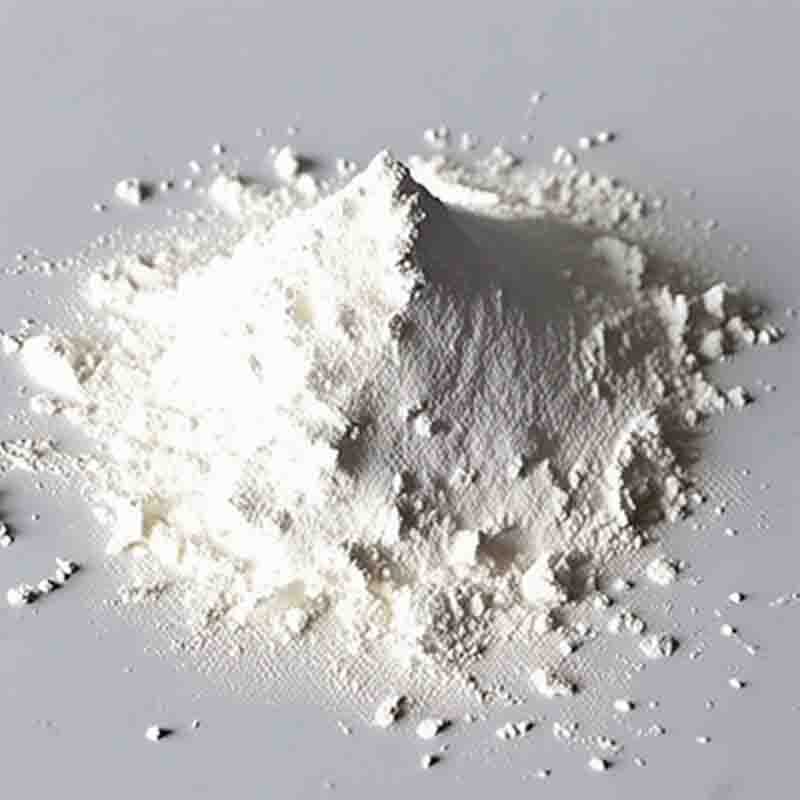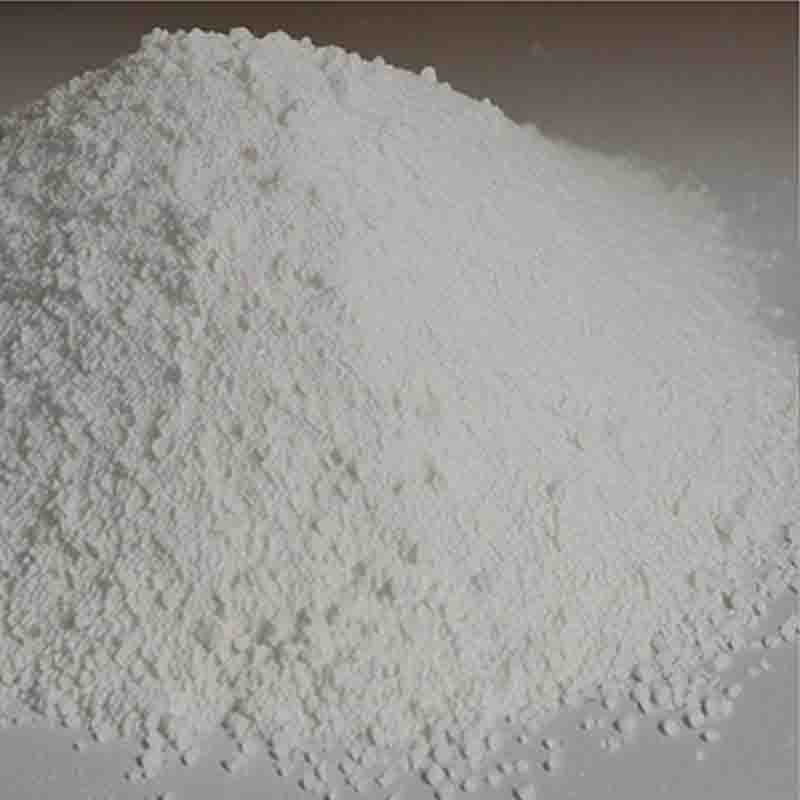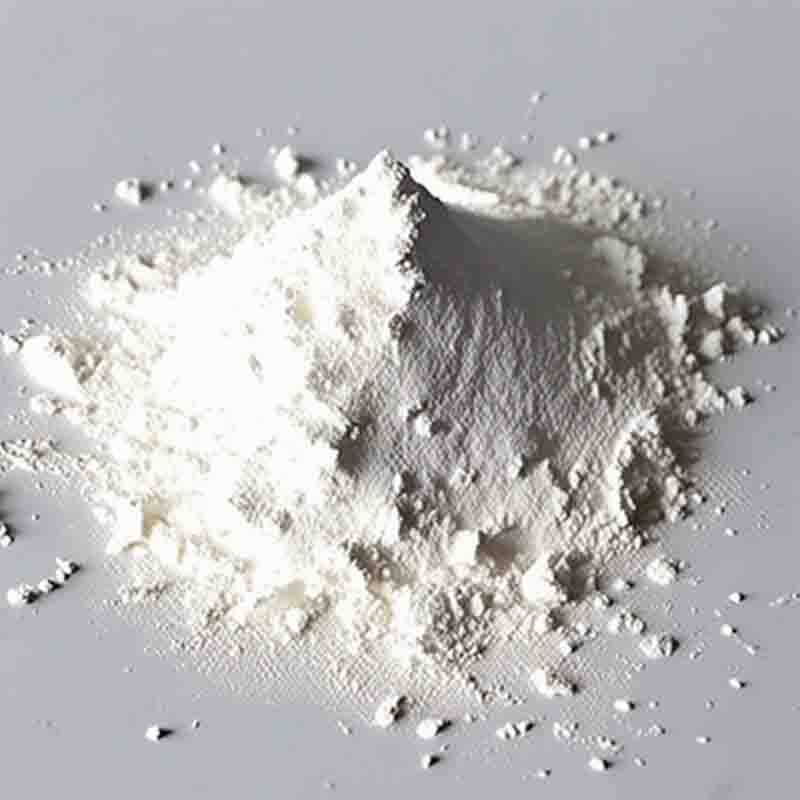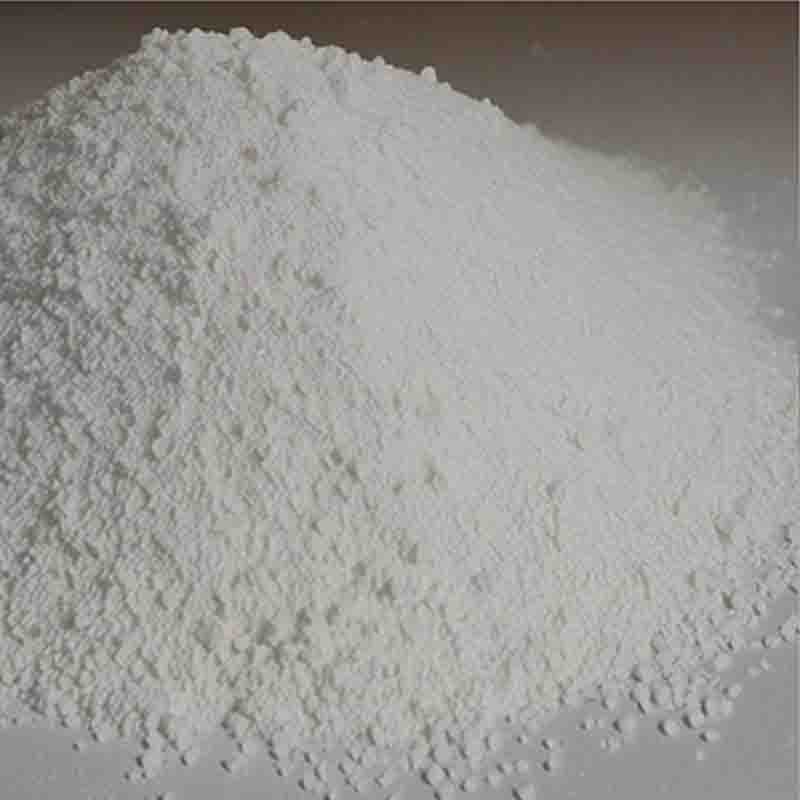2-(3-formyl-4-isobutoxyphenyl)-4-methylthiazole-5-carboxylate CAS: 161798-03-4
| Catalog Number | XD93603 |
| Product Name | 2-(3-formyl-4-isobutoxyphenyl)-4-methylthiazole-5-carboxylate |
| CAS | 161798-03-4 |
| Molecular Formula | C18H21NO4S |
| Molecular Weight | 347.43 |
| Storage Details | Ambient |
Product Specification
| Appearance | White powder |
| Assay | 99% min |
2-(3-Formyl-4-isobutoxyphenyl)-4-methylthiazole-5-carboxylate is a chemical compound with a distinct structure and potential applications in various fields, including medicinal chemistry and materials science. This compound possesses interesting properties that make it suitable for use in several areas.One potential application of 2-(3-Formyl-4-isobutoxyphenyl)-4-methylthiazole-5-carboxylate is in the development of novel drugs. Its unique structure contains functional groups that can be modified, allowing medicinal chemists to synthesize different derivatives to study their pharmacological properties. By systematically manipulating this compound, researchers can explore its potential as a lead compound for drug development, effectively tuning its properties to enhance its effectiveness and reduce potential side effects. This compound's structural features indicate that it may possess bioactive properties, making it an attractive starting point for developing therapeutic agents targeting specific diseases.Additionally, 2-(3-Formyl-4-isobutoxyphenyl)-4-methylthiazole-5-carboxylate may find utility in materials science applications. Its structural components, including the isobutoxy group and the thiazole ring, suggest that it can impart desirable properties to materials. For instance, it may have the potential to act as a ligand in coordination chemistry, contributing to the formation of novel metal complexes with unique physical and chemical characteristics. These complexes can potentially be utilized in various materials, such as catalysts, sensors, or optical materials, offering improved functionalities for specific applications.Furthermore, this compound's structure indicates that it may exhibit interesting optical properties. The presence of aromatic and conjugated systems suggests that it can absorb and emit light in specific ranges, making it a potential candidate for applications in optoelectronics or photovoltaics. Researchers can explore its photophysical properties, such as fluorescence or phosphorescence, to determine its suitability for these areas.In summary, 2-(3-Formyl-4-isobutoxyphenyl)-4-methylthiazole-5-carboxylate holds promise for a range of applications in medicinal chemistry and materials science. Its unique structure and potential bioactive properties make it an interesting compound for drug development, offering opportunities for the synthesis of novel therapeutic agents. Additionally, its structural features suggest potential applications in materials science, including the creation of unique metal complexes and the development of materials with enhanced optical properties. Continued research and exploration of this compound's properties will shed light on its full potential in these fields.


